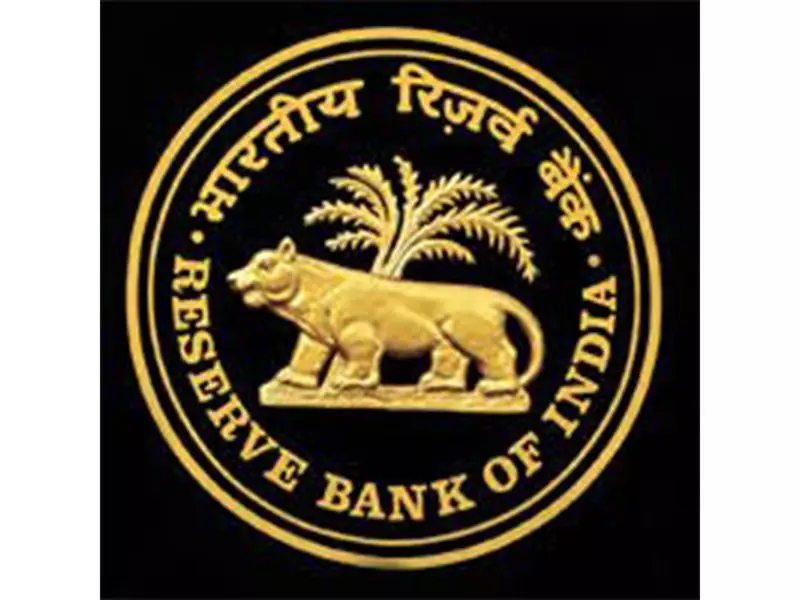
India's formidable foreign exchange kitty experienced a notable contraction last week, shedding approximately $6.9 billion in value. Despite this weekly decline, the country's financial defenses remain robust, standing strong at $704.9 billion according to the latest Reserve Bank of India data.
The Numbers Behind the Decline
The recent dip marks one of the more significant weekly decreases observed in recent months. Breaking down the components:
- Foreign currency assets, which form the largest component of reserves, decreased by $6.5 billion
- Gold reserves remained relatively stable with minor fluctuations
- Special Drawing Rights (SDRs) with the International Monetary Fund showed marginal changes
- Reserve position in the IMF maintained steady levels
Context Matters: The Bigger Picture
While the $6.9 billion decline might appear substantial at first glance, economic experts emphasize the importance of viewing this within the broader context. India's forex reserves have been hovering near record-breaking levels, having touched unprecedented highs in recent weeks.
This fluctuation represents normal market dynamics rather than any fundamental weakness in India's economic position. Central banks routinely adjust their reserve portfolios in response to global currency movements and market conditions.
Why Forex Reserves Matter for India
India's substantial foreign exchange reserves serve multiple critical functions:
- Economic Stability: Provides cushion against external economic shocks
- Import Coverage: Ensures sufficient funds to cover essential imports
- Currency Management: Helps the RBI stabilize the Indian rupee during volatility
- International Confidence: Signals strong economic fundamentals to global investors
The current level of reserves represents one of the largest among emerging economies worldwide, positioning India favorably in the global economic landscape.
Expert Perspectives
Market analysts suggest that such weekly fluctuations are normal and expected in dynamic global financial markets. The underlying strength of India's external sector remains intact, supported by steady foreign direct investment flows and improving current account dynamics.
"Weekly movements in forex reserves should be viewed as part of regular central bank operations rather than indicators of economic stress," noted a senior economist from a leading financial institution.
The RBI's prudent management of foreign exchange reserves continues to be a key pillar supporting India's economic resilience in uncertain global times.





